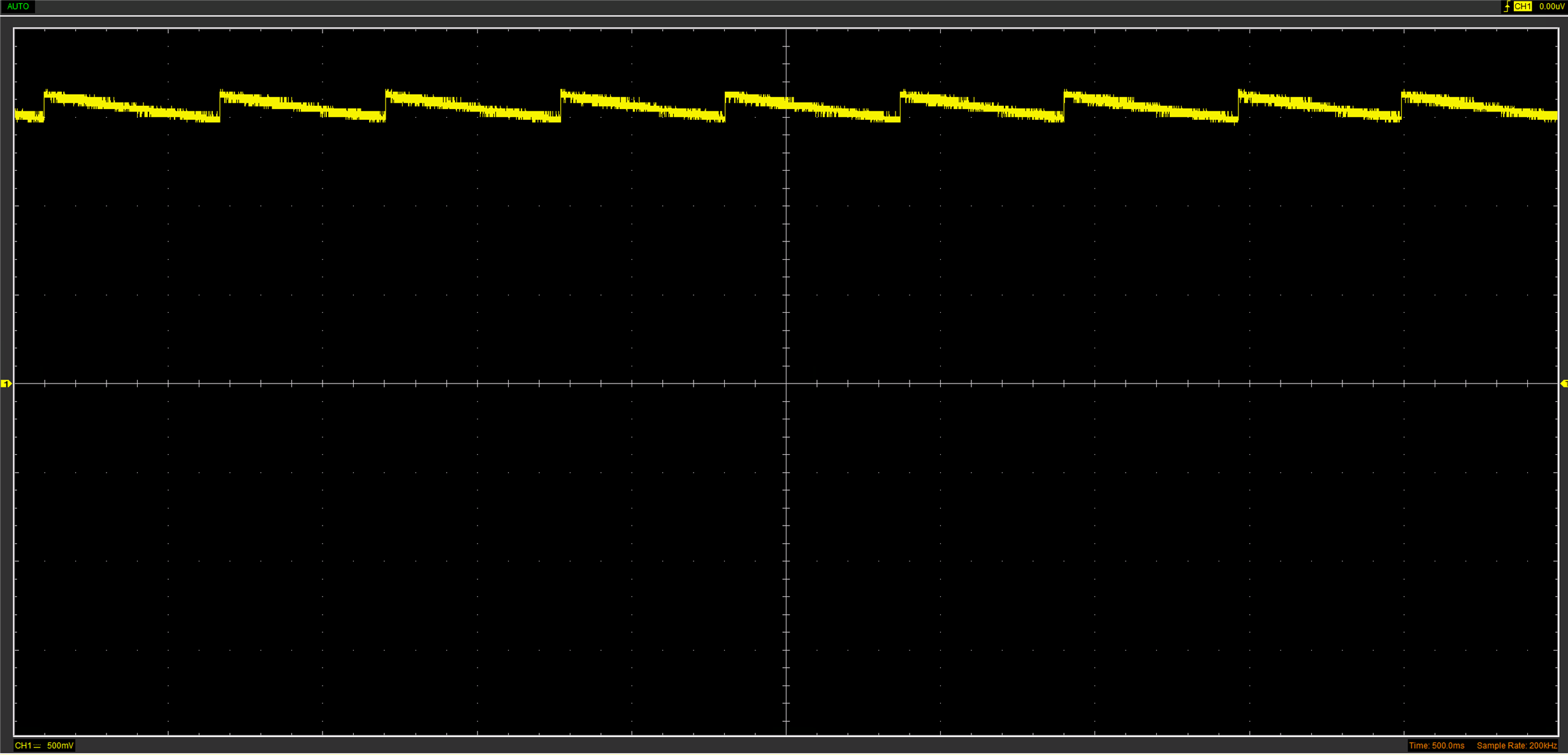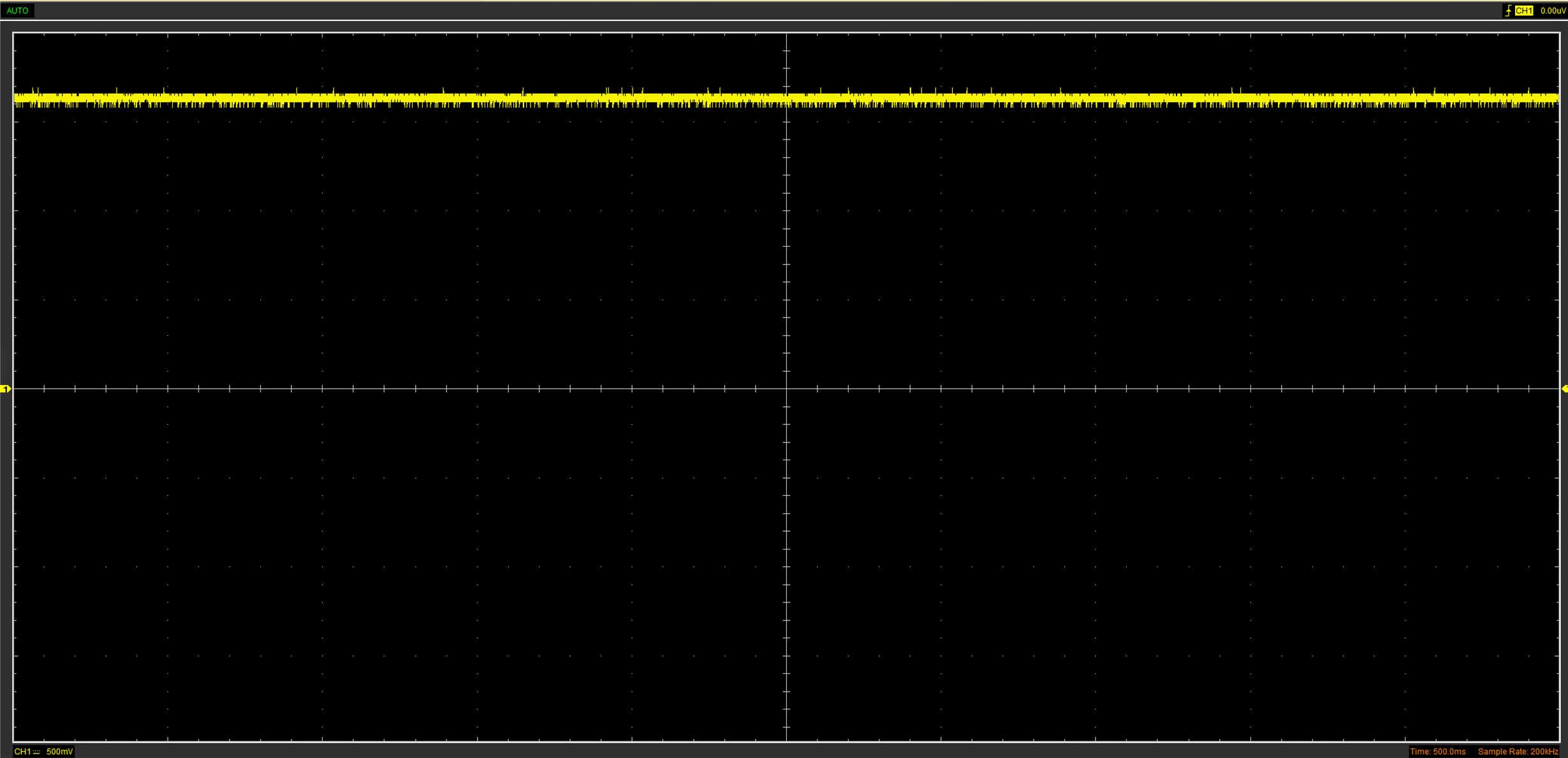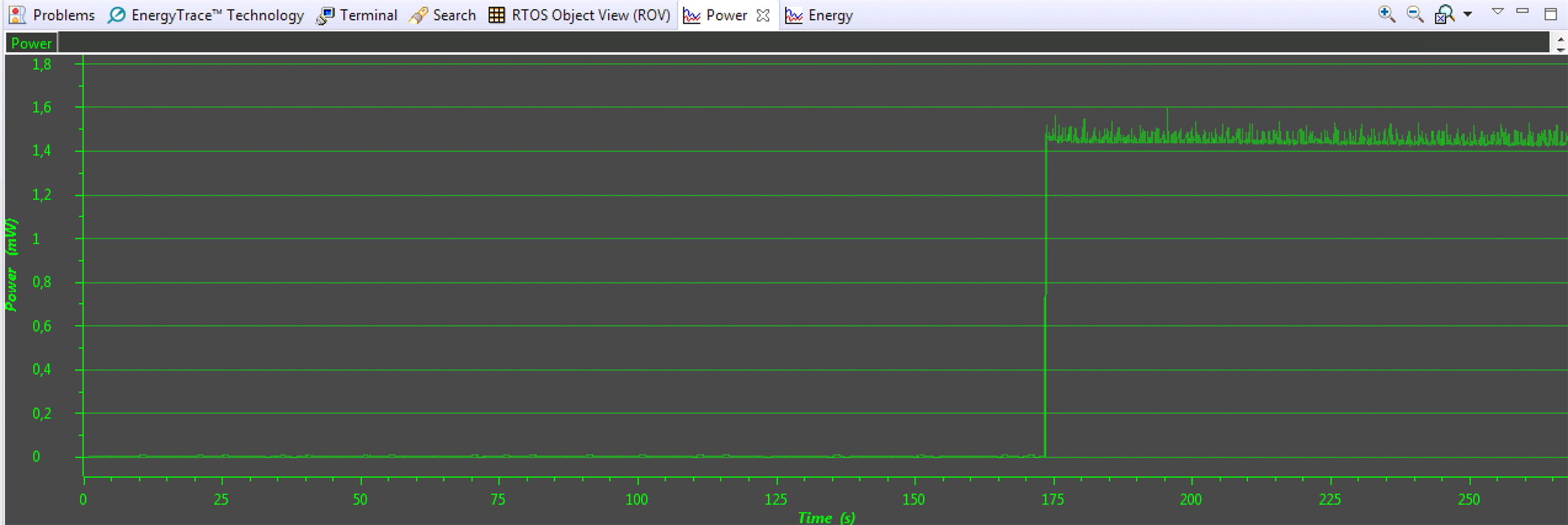Other Parts Discussed in Thread: ENERGYTRACE, , CC1350, MSP430FR5969, MSP-EXP430FR5969, SIMPLELINK-CC13X0-SDK
Hello!
My 1310 4x4 device based on this ref. design: SimpleLink CC1310 IPC 4-Layer 4x4 Differential 779-930 MHz v1.0.1 Design Files
I encountered a problem: then device working under -20 Celsius degrees, after about 1 hour, current consumption in sleep mode rises from 0.7 uA to 470 uA. Measured by EasyLinkTX example + EnergyTrace. After power cycle (without removing device from freezer) current drops back to 0.7 uA. If after 1 hour i call SysCtrlSystemReset() - device hangs and current rises to 4000 uA. If i remove device from freezer (without power cycle) - current still 470 uA.
If i call SysCtrlSystemReset() every 10 seconds (in freezer) - all ok.
In room temperature - all ok.
Schematic, Layout and BOM: 5314.CC1310_TempV1.zip




